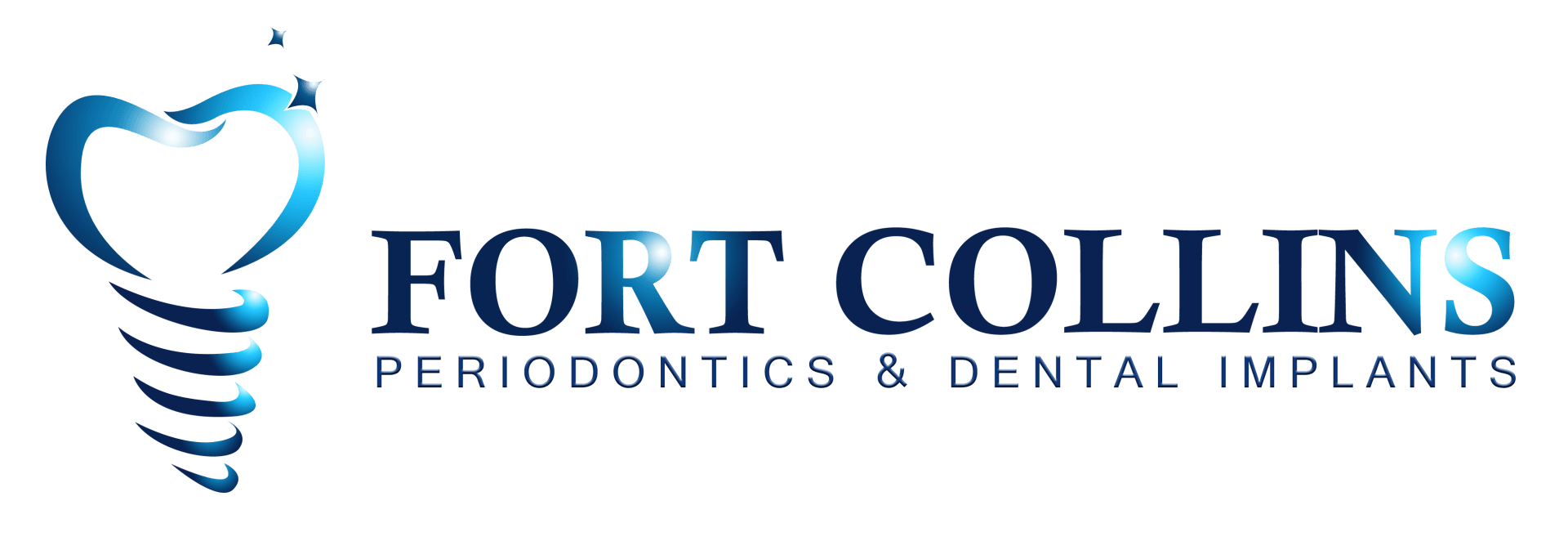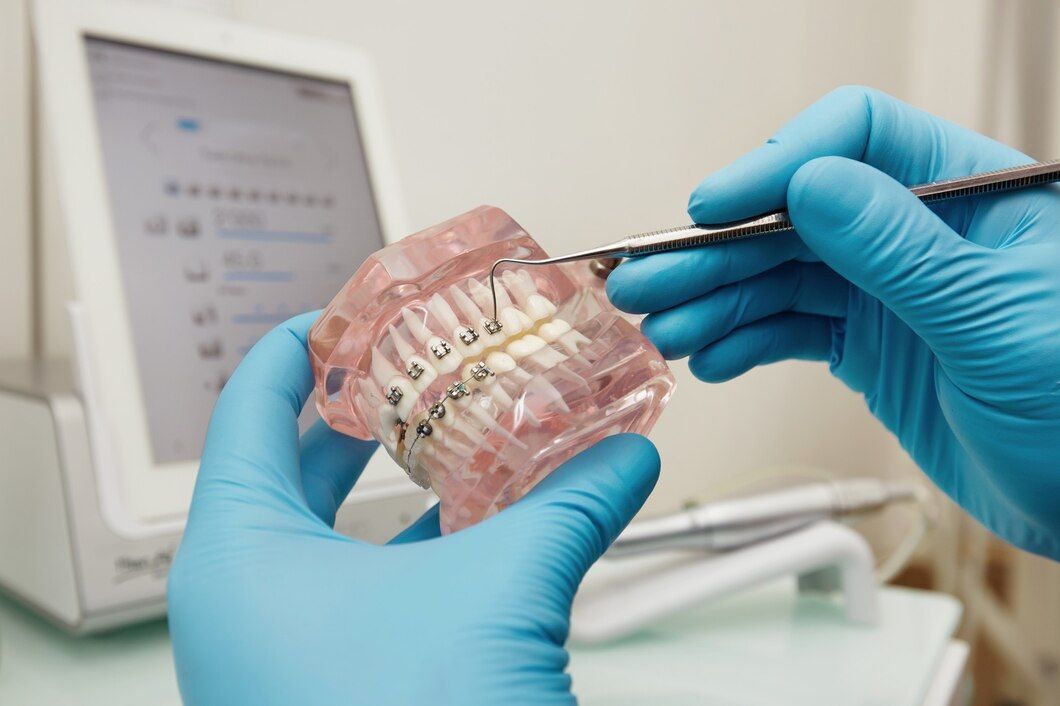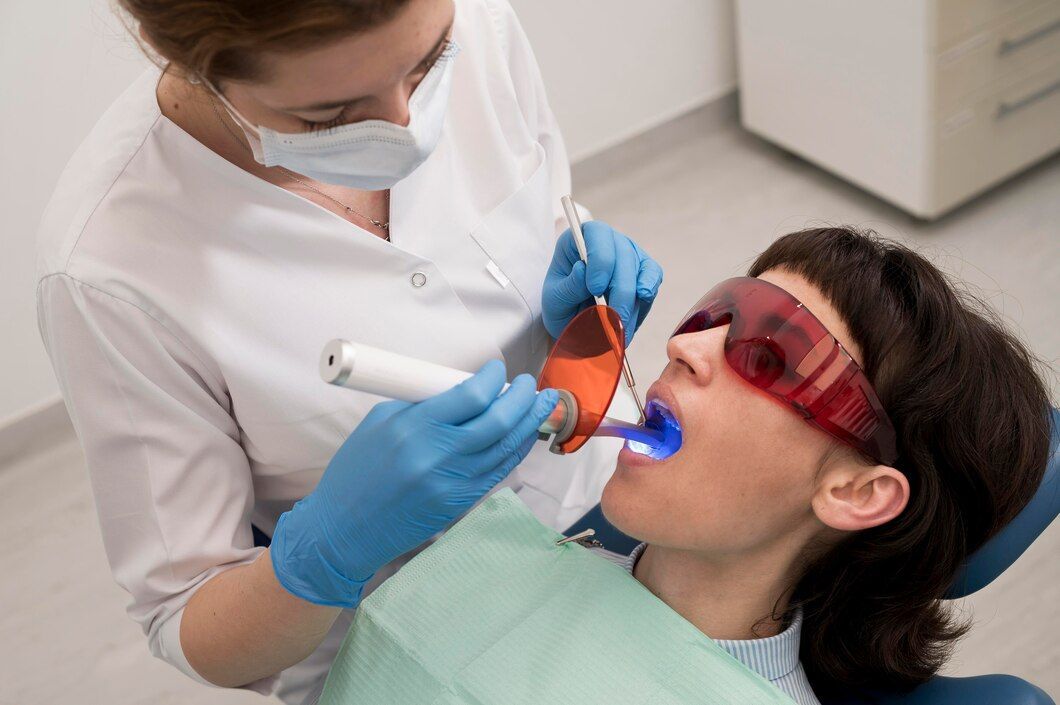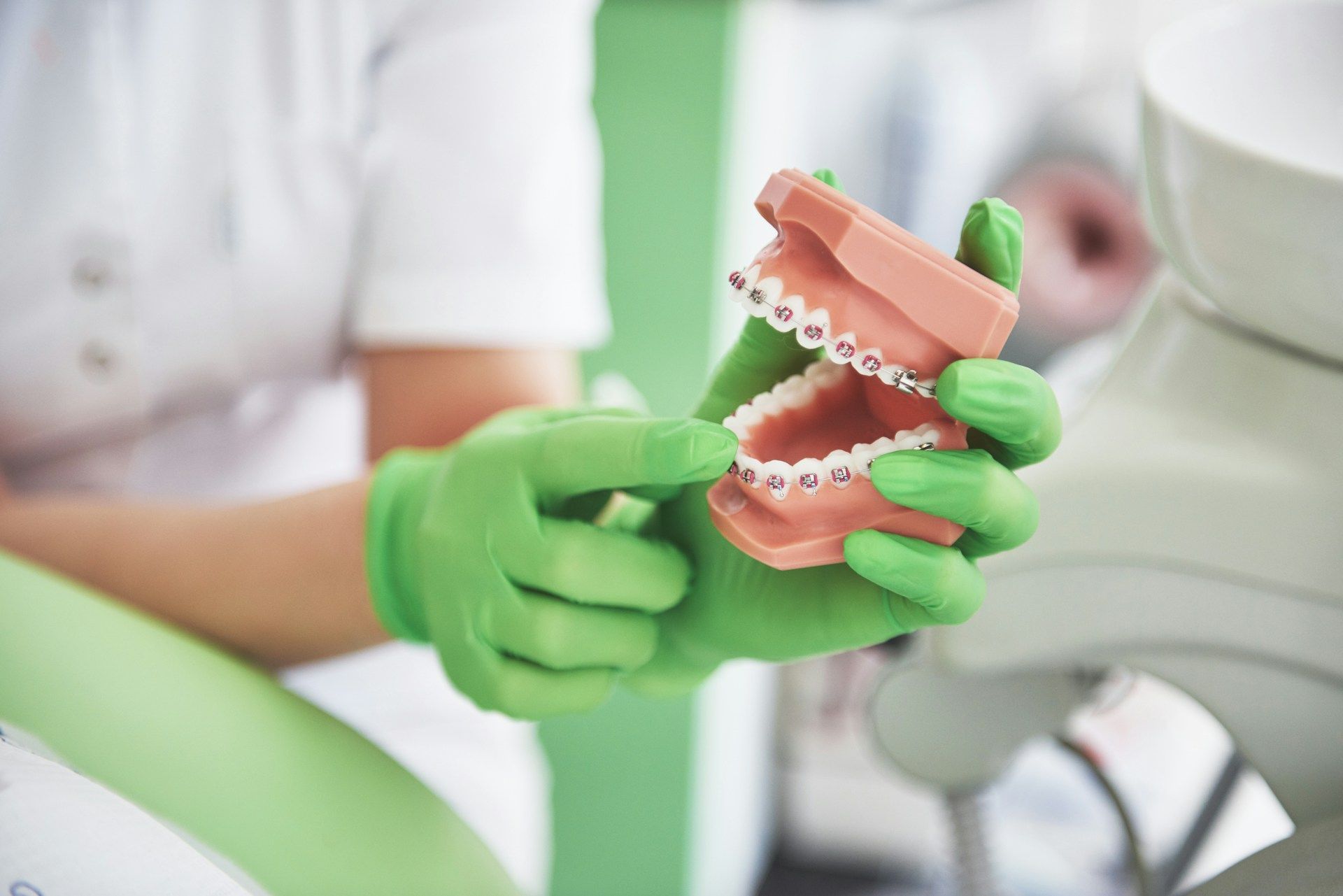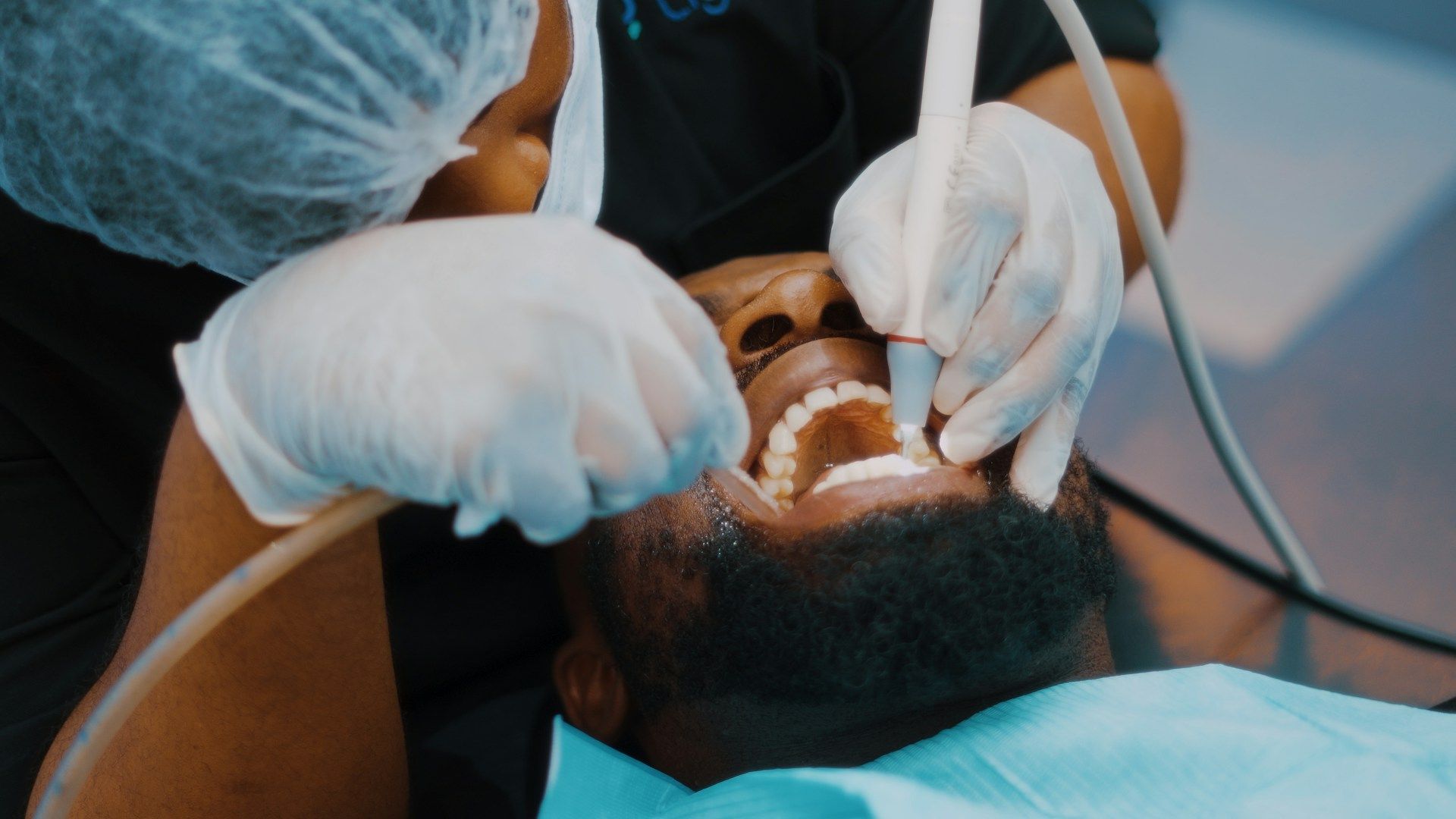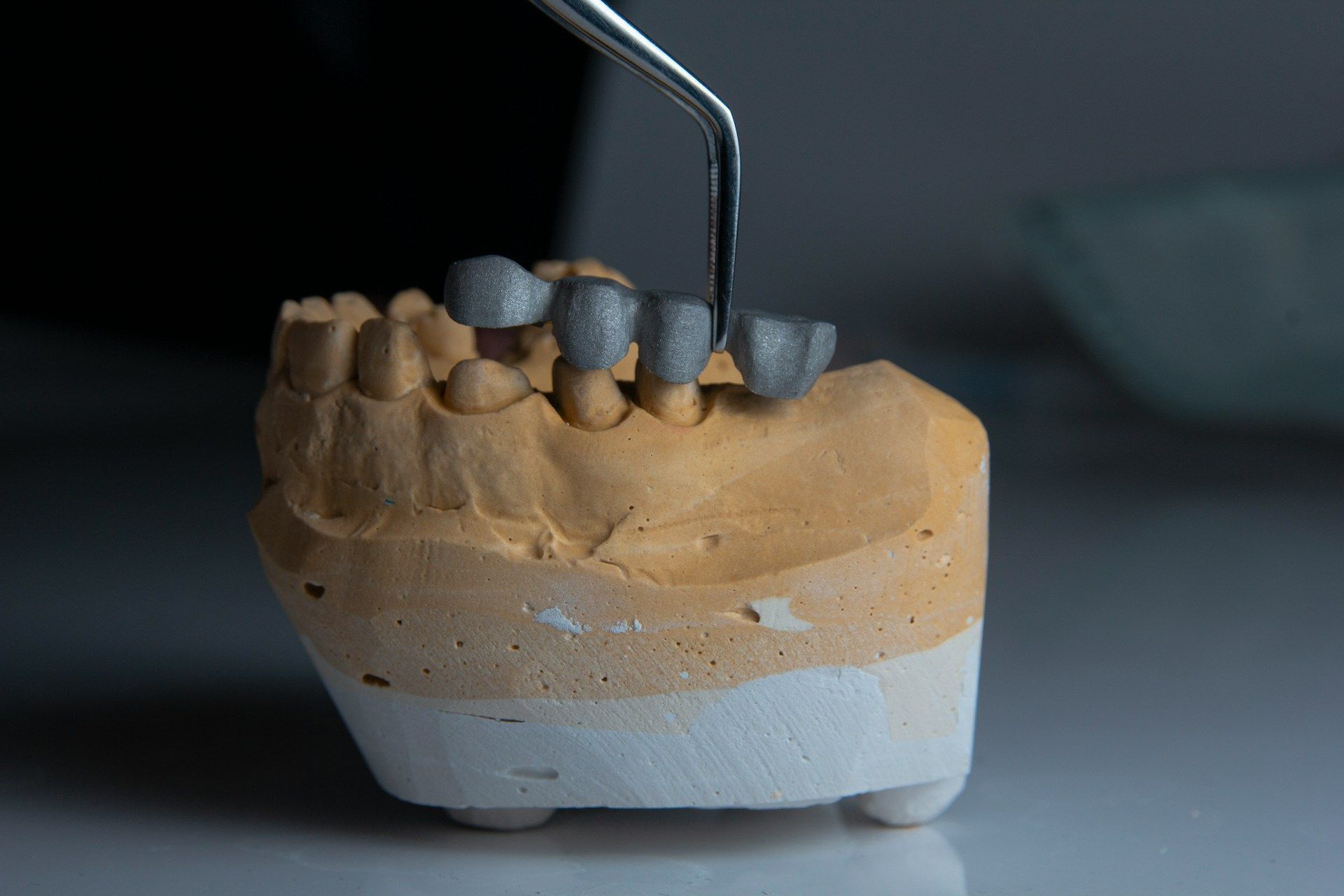The Role of Osseous Surgery in Advanced Periodontal Disease Treatment

Advanced periodontal disease can have lasting consequences on oral health and quality of life, including tooth loss and bone deterioration. Dr. Livingston of Fort Collins Periodontics and Dental Implants believes that effective intervention and personalized treatment can significantly improve the prognosis of advanced periodontal disease and restore patients' confidence in their smiles. One such treatment option is osseous surgery, a proven and reliable approach to addressing severe gum disease and promoting the regeneration of gum and bone tissues. Dr. Livingston is committed to providing comprehensive, compassionate care using the most advanced techniques and technology in periodontics.
In cases of advanced periodontal disease, pockets of infection can form undergum-line, leading to damage to the supporting bone and connective tissue around the teeth. As the disease progresses, these pockets deepen and become increasingly difficult to manage through non-surgical cleaning methods. Osseous surgery is an effective solution for tackling this issue, as it involves removing the infected gum tissue, smoothing and reshaping the bone surface, and promoting the attachment of healthy gum tissue to the previously affected area.
In this informative blog post, Dr. Livingston will discuss the circumstances in which osseous surgery is considered, outline the steps involved in the procedure, and the benefits that patients can expect from this advanced periodontal treatment. The aim of Fort Collins Periodontics and Dental Implants is to help patients understand their treatment options, empowering them with the knowledge needed to make informed decisions about their oral health and achieve lasting, healthy smiles.
1. Identifying the Need for Osseous Surgery
Osseous surgery is typically recommended for patients with advanced periodontal disease that has not responded adequately to non-surgical treatments. Here are some key factors that may indicate the need for osseous surgery:
A. Deep Periodontal Pockets
When periodontal pockets measuring over 4mm persist despite non-surgical treatments such as scaling and root planing, osseous surgery may be a viable option to better manage the disease and restore oral health.
B. Severe Bone Loss
Osseous surgery not only addresses pocket depth but also caters to patients with significant bone loss around teeth due to advanced periodontal disease. The procedure helps reshape the damaged bone, promoting its regeneration and restoration.
C. Persistent Symptoms
Localized inflammation, gum bleeding, or pain despite non-surgical treatments may indicate that periodontal disease is not under control and requires a more aggressive approach, such as osseous surgery.
2. Overview of the Osseous Surgery Procedure
Osseous surgery aims to eliminate bacteria, reduce pocket depth, and regenerate healthy gum and bone tissue. The procedure comprises the following key steps:
A. Local Anesthesia and Preparation
As with any periodontal surgery, osseous surgery begins with the administration of local anesthesia to ensure patient comfort throughout the procedure. Dr. Livingston may also provide pre-operative instructions to follow, which can include guidelines on medications and oral hygiene practices.
B. Incision and Flap Elevation
Dr. Livingston will make a small incision in the gum tissue surrounding the affected area and gently lift the gum tissue away from the teeth and underlying bone, granting access to the periodontal pockets and damaged tissue.
C. Cleaning and Reshaping the Bone
After gaining access to the tooth root and bone, Dr. Livingston will thoroughly clean the root surfaces and remove any infected tissue. He will then smooth and reshape the bone, eliminating any irregularities caused by the disease, and prepare the site for the reattachment of the gum tissue.
D. Suturing and Healing
Once the area is cleaned and reshaped, Dr. Livingston will carefully reposition the gum tissue and secure it in place using sutures. Healing time and post-op instructions will vary depending on individual circumstances, but patients can typically expect a recovery period of several weeks.
3. Benefits of Osseous Surgery
Osseous surgery serves as an effective treatment for advanced periodontal disease and offers multiple benefits, including:
A. Reduction of Periodontal Pocket Depth
By removing the infected gum tissue and smoothing the bone, osseous surgery enables the gum tissue to adhere closely to the tooth, significantly reducing pocket depth and preventing further bacterial accumulation.
B. Bone Restoration
Osseous surgery not only reduces pocket depth but also promotes the regeneration of bone tissue, helping to stabilize teeth, prevent tooth loss, and preserve the natural architecture of the jawbone.
C. Improved Oral Hygiene and Disease Control
With reduced pocket depth and restored gum tissue, patients can maintain better oral hygiene practices, which contribute to better overall periodontal disease control.
D. Enhanced Aesthetics
In some cases, osseous surgery may address issues related to uneven gum lines or tooth root exposure due to advanced periodontal disease, improving the overall appearance of the smile.
4. Recovery and Maintenance After Osseous Surgery
To ensure optimal healing and long-term success after osseous surgery, patients should adhere closely to the following guidelines:
A. Post-Operative Instructions
Dr. Livingston will provide comprehensive post-operative instructions, including guidance on pain management, oral hygiene practices, and dietary restrictions, to ensure a smooth recovery process.
B. Regular Dental Checkups
Maintaining consistent dental checkups is essential for monitoring the success of osseous surgery and identifying any potential issues that may arise. Dr. Livingston will recommend a personalized schedule for follow-up appointments.
C. Oral Hygiene Practices
Good oral hygiene habits, such as regular brushing, flossing, and using mouthwash, are critical to the maintenance of periodontal health and prevention of disease recurrence after osseous surgery.
Conclusion
Osseous surgery is a highly effective treatment option for patients with advanced periodontal disease, helping to eliminate bacteria, reduce pocket depth, and promote the regeneration of gum and bone tissue. Under the expert care of Dr. Livingston at Fort Collins Periodontics and Dental Implants, patients can benefit from a comprehensive and personalized approach to periodontal care, restoring their oral health and preserving their smiles for years to come. Contact Dr. Livingston today to schedule a consultation with a
Fort Collins periodontist.

Working Hours
Tue - Thu: 8:00 am - 5:00 pm
Friday: 8:00 am - 2:00 pm
Sat - Sun: Closed
Monday: Closed
